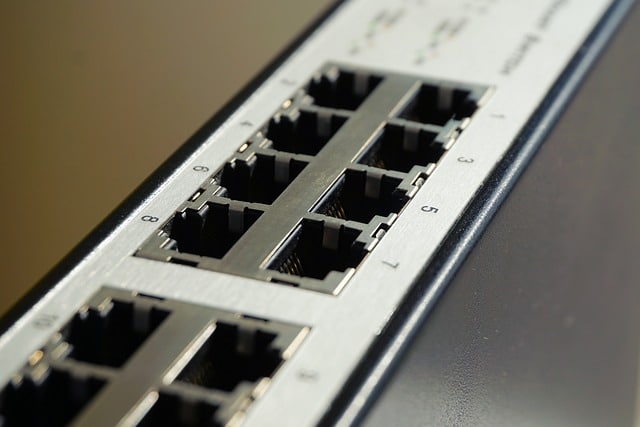
Are you facing trouble in finding information about IPv4 vs IPv6? In this blog post, we have compiled in-depth research on IP address evaluation. IPv4 and IPv6 are the two main IP addressing protocols used in current networks. These protocols allow information to be sent worldwide over the internet. Some people have an opinion on which one is better, indeed people have also debated the advantages of IPv4 and IPv6 for years so it’s best to evaluate them based on functions.
Contents
What is an IP Address?
An IP address is a string of numbers assigned to a computer, tablet, or another device. Every computer, smartphone, and other digital device connected to the Internet has a unique IP address. Internet protocol currently comes in two versions, IPv4 and IPv6; both types allow data exchange and online networking. You can choose the IP protocol according to your needs, and you can also check your IP address through the IP lookup tool.
What is IPv4?
The Internet is a global system that connects billions of people. One of the most significant technologies used to create the Internet is the IPv4 protocol.IPv4 (Internet Protocol version 4) is the first major version of the protocol. The Internet Engineering Task Force (IETF) introduced IPv4 in 1982 as one of the fundamental protocols for networking on the Internet and has been the standard method of Internet communication. This protocol defines how computers and networks communicate with each other.
IPv4 was created first in 1982 and has been in use for many years. This means it has been available for longer than IPv6. We sincerely hope this article will be helpful to you in learning everything about IPv4 vs IPv6.
Features of IPv4
- It creates a 32-bit Internet Protocol address.
- It is mainly composed of numeric addresses separated by dots.
- Small amounts of memory are required to store address information in the network.
- Almost all internet-connected devices on the internet support it.
What is IPv6?
IPv6 (Internet Protocol Version 6) was introduced in 1998. It supports communication and data transfer over the network. The most recent Internet Protocol version is IPv6. Its goal was to resolve problems associated with IPv4. IPv6 is the next-generation Internet Protocol (IP) address designed to eventually replace IPv4, which is still used by many Internet services today. The use of IPv6 can also be used to solve the problem of the limited network address.
Features of IPv6
- Support for good service quality.
- It has a large address space and a 128-bit address.
- Compared to IPv4, better multicast routing and a simpler header format.
- IPv6 addresses can be created by the hosts themselves.
Differences Between IPv4 and IPv6
Both IPv4 and IPv6 are popular choices. However, there are some technical differences between IPv4 and IPv6. The following sections highlight the key differences between the two protocols. The main difference between IPv4 and IPv6 is the address size of the IP address. IPv4 is a 32-bit address, while IPv6 provides a larger address space and includes a simple header. IPv6 increases IP addresses from 32 bits to 128 bits to support larger address requirements.
Here are the main differences between IPv4 and IPv6 address
Why Should You Consider IPv6 Instead of IPv4?
IPv4 is the fourth version of the internet protocol, whereas IPv6 is the latest version. Therefore, IPv6 contains more advanced security and is faster than IPv4. It contains alphanumeric numbers and is appropriate for mobile users. IPv6 minimizes the size of routing tables. Routing becomes more efficient. Therefore you should consider IPv6 as compared to IPv4.
Conclusion
The two main IP addressing protocols used in modern networks are IPv4 and IPv6. These protocols enable information to be sent globally via the internet. The IPv4 protocol was one of the most important technologies used to create the Internet. IPv6 (Internet Protocol Version 6) was introduced in 1998. It enables network communication and data transfer. IPv4 and IPv6 are both popular options. However, there are some technical distinctions between IPv4 and IPv6. The primary distinction between IPv4 and IPv6 is the size of the IP address. IPv4 addresses are 32 bits long, whereas IPv6 addresses are 128 bits. IPv6 expands IP addresses from 32 to 128 bits to accommodate larger address requirements. You can select according to your requirements